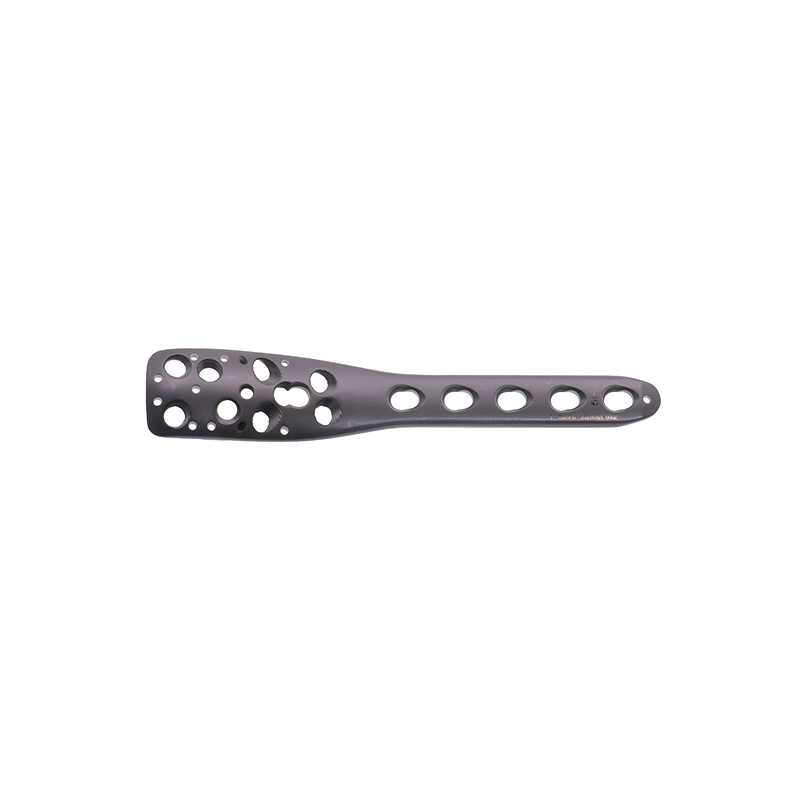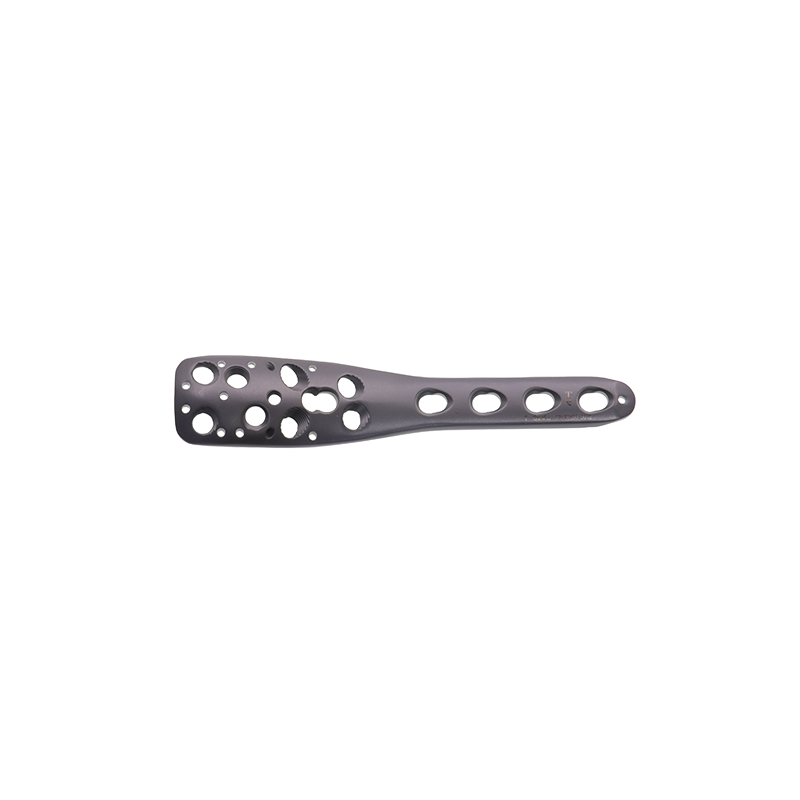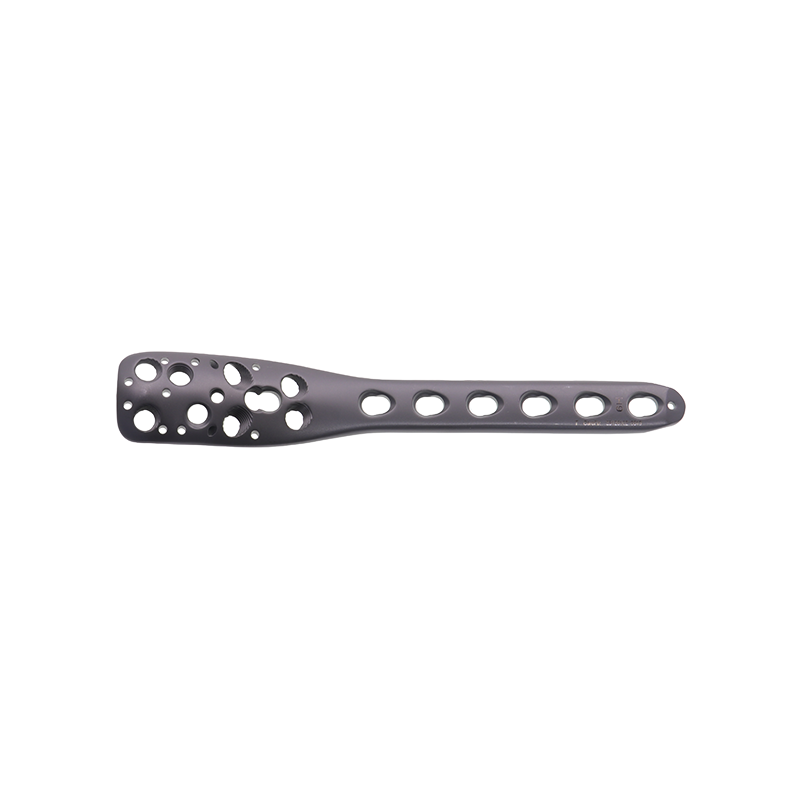proximal humerus fracture plate
The proximal humerus fracture plate is an advanced orthopedic implant designed specifically for treating complex fractures in the upper portion of the arm bone. This innovative fixation device combines sophisticated engineering with anatomical precision to provide stable internal fixation for various types of proximal humeral fractures. The plate features multiple screw holes strategically positioned to accommodate different fracture patterns, allowing surgeons to achieve optimal fixation through various angles. Its low-profile design minimizes soft tissue irritation while maintaining structural integrity. The plate is manufactured from high-grade medical titanium alloy, ensuring both biocompatibility and durability. Advanced locking mechanisms prevent screw backout, while the pre-contoured shape matches the natural anatomy of the proximal humerus, reducing the need for intraoperative bending. The system includes both locking and non-locking screw options, providing surgeons with flexibility in fixation strategies. The plate's design incorporates specialized features for suture attachment, facilitating soft tissue repair and reconstruction during the procedure.


